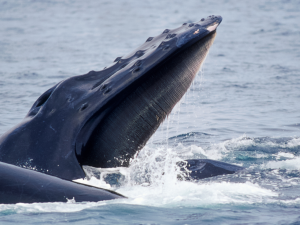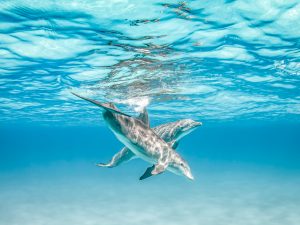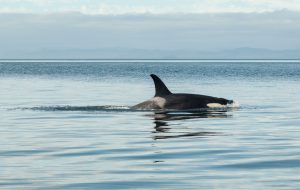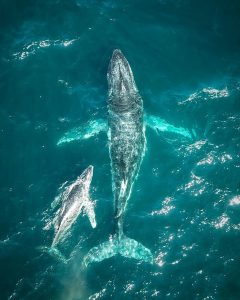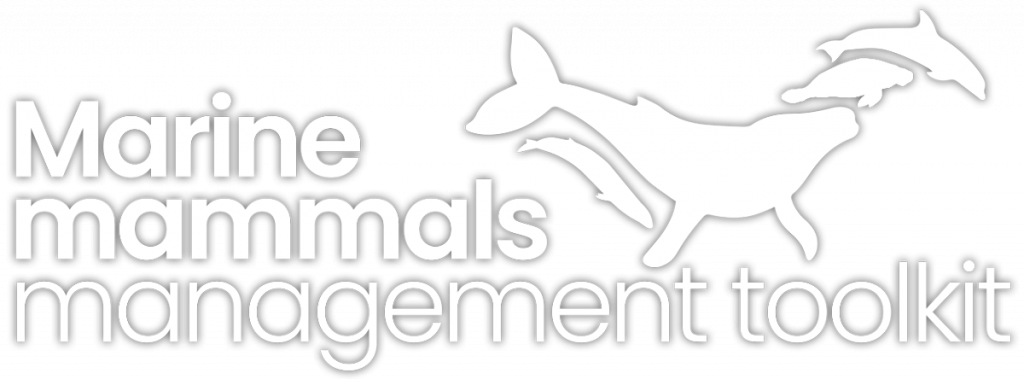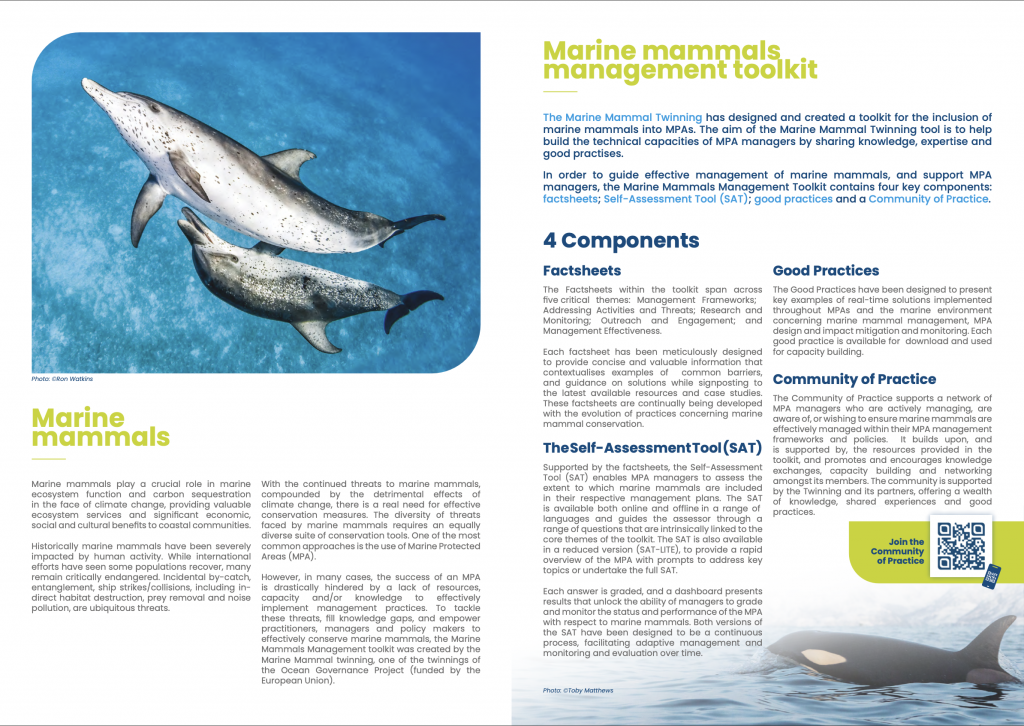Favourite Places in the Black Sea for three threatened dolphin and porpoise species named as Important Marine Mammal Areas — IMMAs
29 October 2021 – On International Black Sea Action Day, 31 October, join us in celebrating Endangered Black Sea harbour porpoises and bottlenose dolphins as well as Vulnerable Black Sea common dolphins.
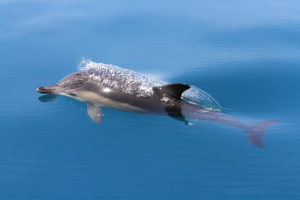
The habitats of these three Red-Listed species in 11 prime areas are today formally awarded Important Marine Mammal Area (IMMA) status by the International Union for Conservation of Nature (IUCN) Task Force on Marine Mammal Protected Areas. This announcement follows a week-long workshop earlier this year drawing on decades of scientific work in the region and an intensive peer review process over the past several months.
The region’s marine scientists and conservation organizations are hoping that the 11 new IMMAs will help put these habitats into the spotlight. IMMAs are not protected areas but they are intended to assist with national and global programmes to help countries select high biodiversity areas to fulfil the targets of 30 percent protection by 2030 (“30 by 30”) as supported by many international bodies and more than 100 countries around the world. Romania is the only Black Sea country to take part so far.
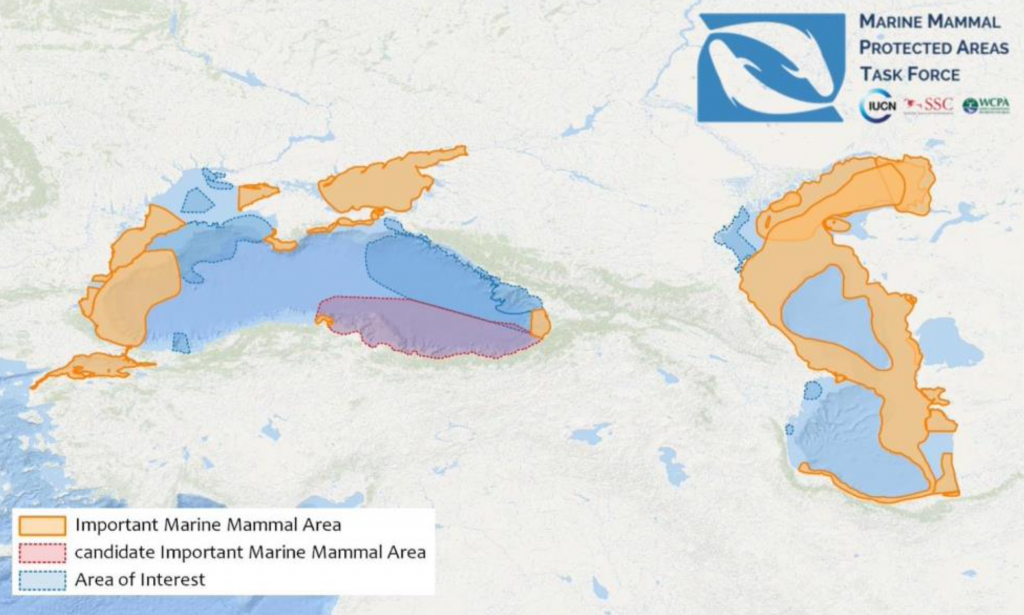
“The Black Sea has only a few small protected areas in coastal waters,” says Mr. Marian Paiu, Ecology & Marine Mammal expert with Mare Nostrum in Romania. “Besides Vama Veche and the Danube Delta in Romania, the existing MPAs include the Kaliakra Cape in Bulgaria, Kolcheti in Georgia, and the Chornomorsky Biosphere Reserve in Ukraine. But vulnerable open sea habitats, as well as highly exploited port and resort areas, are left out of protection.”
“Both of our dolphin species and our Black Sea porpoise are in urgent need of habitat protection,” says Dr. Pavel Goldin, leading researcher from the Department of Evolutionary Morphology, Schmalhausen Institute of Zoology, in the Ukraine. “We’re losing them mainly to bycatch, the incidental mortality in fishing nets. The annual death toll for Black Sea harbour porpoises alone is 11,000 to 20,000 individuals. If that rate continues, they will soon go extinct.”
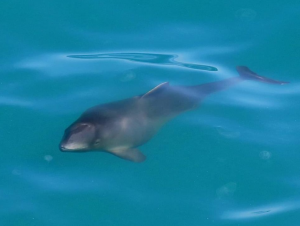 Particularly acute is the issue of protecting natural migration corridors such as the Kerch Strait which connects the northern Black Sea to the Sea of Azov. A small population of harbour porpoises, known for its distinct morphotype, lives in the Sea of Azov in summer and migrates through this strait.
Particularly acute is the issue of protecting natural migration corridors such as the Kerch Strait which connects the northern Black Sea to the Sea of Azov. A small population of harbour porpoises, known for its distinct morphotype, lives in the Sea of Azov in summer and migrates through this strait.
“Harbour porpoises have been the most heavily exploited,” says Goldin, “and they are the last to gain protection. It’s time we paid attention.”


